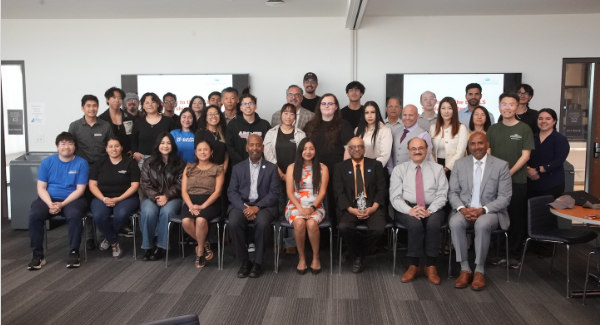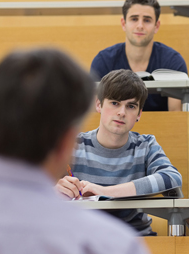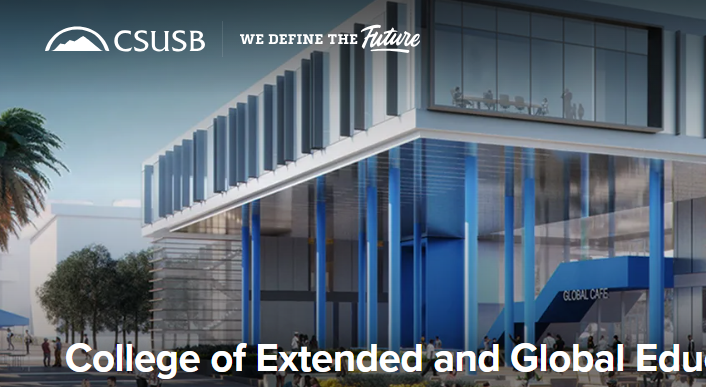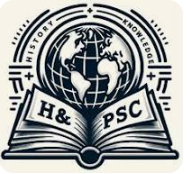California State University San Bernardino

California State University San Bernardino
San Bernardino, United StatesAbout Us
California State University, San Bernardino was born on April 29, 1960, when legislation was enacted to found San Bernardino-Riverside State College. The California State College system’s board of trustees selected a 430-acre site in north San Bernardino in 1963 to build the campus, and the college’s official name was changed to California State College at San Bernardino.
The original three-building campus welcomed its first 293 students in 1965 under the leadership of founding President John M. Pfau, who was appointed to the position in 1962 and set the stage for the opening of the college.
In 1967, California State College, San Bernardino celebrated its first graduating class of 59 students.
The campus added a five-story library in 1970, its first dormitories — named Serrano Village — in 1972, and the Commons Building, which replaced a cafeteria, in 1972. Growth and building continued on the campus with the addition of the student union and children’s center.
The San Bernardino campus welcomed its second president, Anthony H. Evans, in 1982.
Two years later, in 1984, the San Bernardino campus earned university status, officially becoming California State University, San Bernardino. This happened after the state colleges system changed its designation in 1972, becoming the California State University and Colleges system. After having met criteria established by the board of trustees and the Coordinating Council for Higher Education, 14 campuses were designated as “universities,” while five campuses remained “colleges.”
CSUSB began participating in intercollegiate sports, becoming a member of the National Collegiate Athletic Association (NCAA) in fall 1984. The first NCAA intercollegiate sporting event with the new CSUSB teams was held on Sept. 22, 1984, with the CSUSB men’s soccer team defeating the University of Redlands 4-3 in the first Division III event.
Two years later in 1986, the university opened a second campus, the Coachella Valley Center, on land leased from the College of the Desert in Palm Desert. The center consisted of an administrative office and classroom housed in a construction trailer.
Courses & Fees
Facilities

Computer Services

Information Center
Accommodation Institution Hostel
| Room Type | Duration | Fee/Student |
|---|
Photos





csusb@theedunetwork.com
News
CSUSB’s Korean Festival showcases culture through food, art, performances
2025-04-28 00:00:00.000
The 10th annual Korean Festival immersed attendees in Korean culture through food, traditional music and dance, and art. The festival is a signature event of CSUSB’s Asian Pacific Islander Desi American (APIDA) Heritage Month celebration, attracting over 350 students, faculty, staff and community members to the engaging cultural experience.
Yolonda Youngs presents ‘Framing Nature: The Creation of an American Icon at the Grand Canyon’
2025-04-22 00:00:00.000
The Grand Canyon, arguably the nation’s most recognizable natural wonder, was the topic of the recent Provost Presents Faculty Research talk when Yolonda Youngs, CSUSB professor of geography, presented “Framing Nature: The Creation of an American Icon at the Grand Canyon.” Youngs discussed her research on the cultural, visual, and social history of the Grand Canyon. Her talk took place on April 22, Earth Day, and took its title from her latest book, “Framing Nature: The Creation of an American Icon at the Grand Canyon.” She explored how visual representations such as postcards, maps and photographs have transformed the Grand Canyon into an iconic symbol of American cultural identity.
Required Documents
| Document Name | File Name | File |
|---|

























